How can we benefit by replacing traditional methods and leveraging the advantages of digitalization?
- Our audit processes become faster, more accurate, and more transparent. We can create a digital audit plan that also integrates resource planning. The status of both audits and associated non-conformities or improvement proposals becomes trackable.
- Errors are reduced, pre-prepared question lists ensure comprehensive examination, and we can send and receive notifications about deadlines.
- Audit data is collected instantly, made available in a structured format, and can be arranged into visual formats for analysis.
- Audit reports are generated automatically, eliminating the need for lengthy documentation after the audit. Results remain retrievable from the archive.
- We gain real-time insights into results, enabling flexible planning and data-driven decision-making.
In summary, by implementing a digital audit process, our operations become more cost-effective, more adaptable to customer expectations, and continuously improve.
Audit Program Development
We can manage competence matrices and auditor availability within the same software, simplifying the assignment of auditors to audit programs.

The list of manufacturing sites, processes, and products can also be integrated into the software, allowing us to identify the most common issues associated with machines or sites. We can maintain an accurate record of areas requiring audits.
Previous product audits, internal issues, and complaints are also available in the software. Pre-designed question lists can support the planning process.
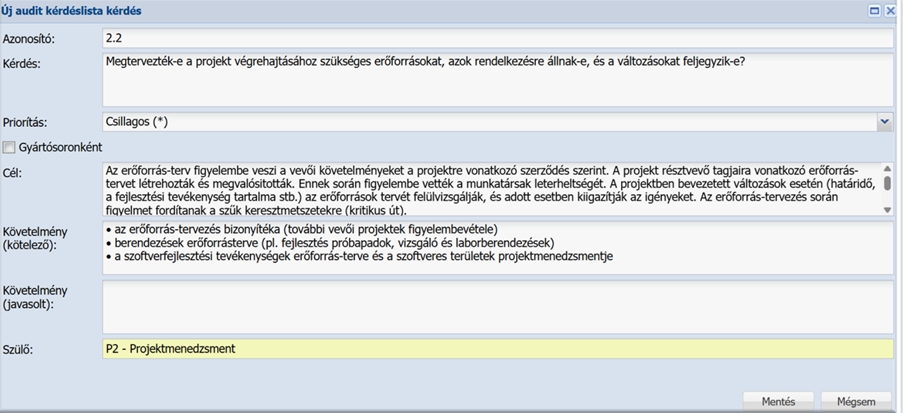
Audit owners entered into the program can be notified about non-conformities, start times, and deadlines.

Audit Execution
The audit record is automatically generated as the audit progresses. Question lists can be easily evaluated directly in the interface or via a mobile application. We can add comments to observations and attach photos or files as evidence.
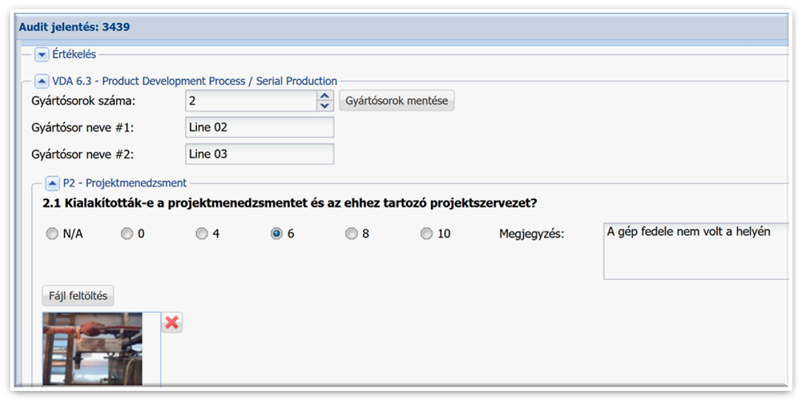
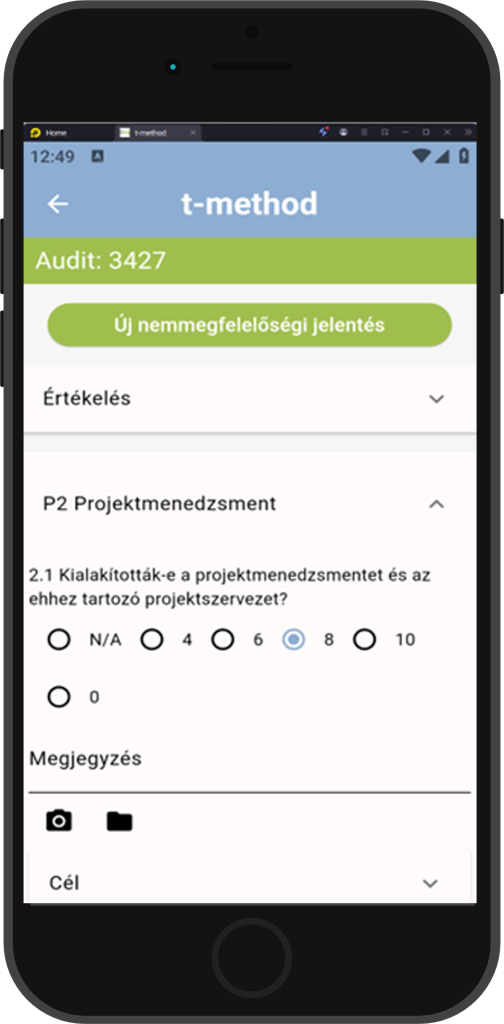
Non-conformities can be directly logged in the application, and responsible persons and deadlines can be assigned immediately. This information is visible on the relevant users‘ interfaces, and the resolution can be documented and tracked.
Monitoring
Audit data is automatically available and can be analyzed instantly.
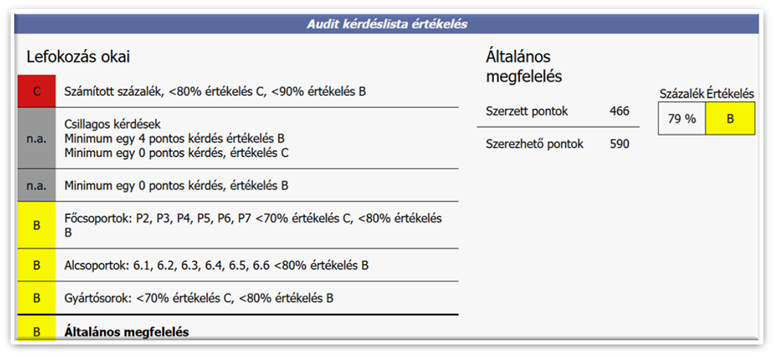
We can query the status of audited processes, products, or track auditors’ progress. We can monitor how the status of audits and their related tasks evolve. Dashboards can be created to enable deeper analysis and support continuous improvement.
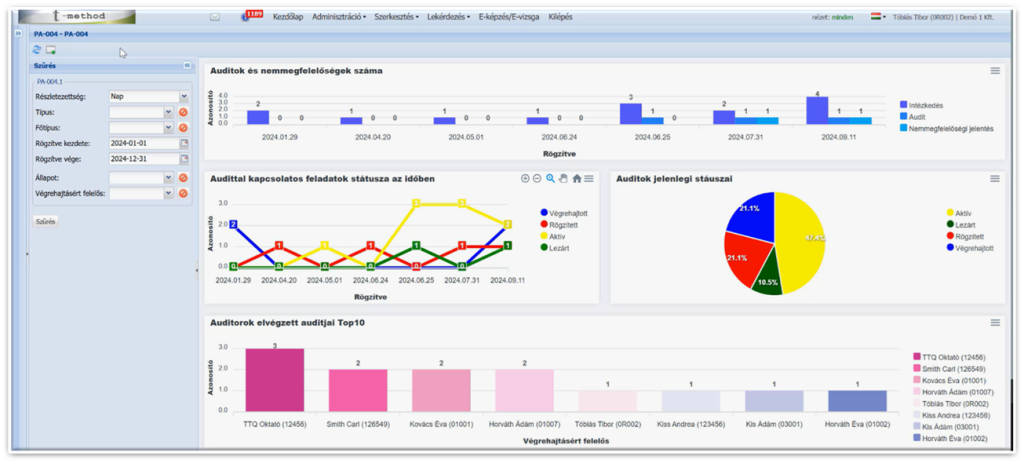
Want to learn more about application-based audit support?
